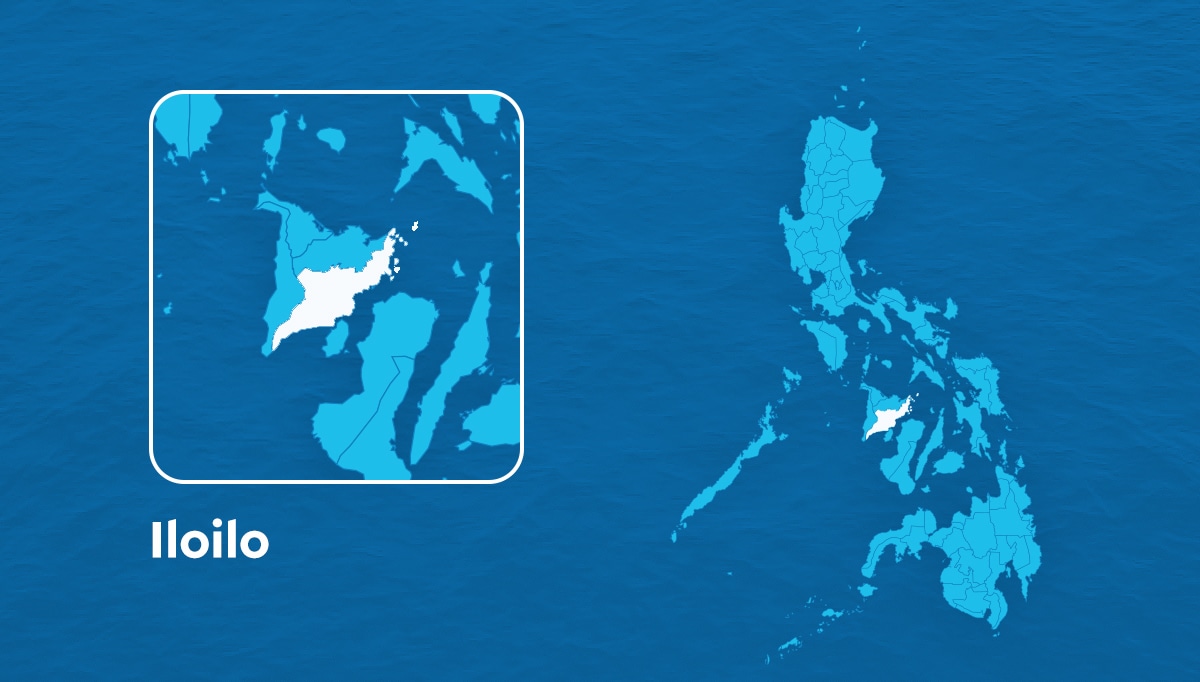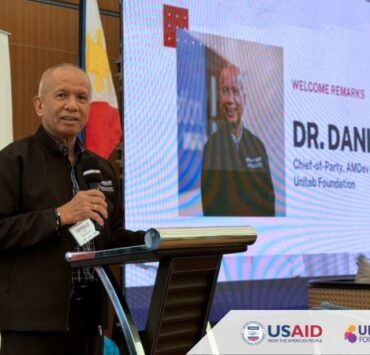West Visayas ‘doing well’ after breakup with Negros

ILOILO CITY—Even with the separation of Negros Occidental and Bacolod City from its fold, Western Visayas has kept its economic engine running in 2024.
The region posted a gross regional domestic product (GRDP) of P645.76 billion, growing by 4.3 percent from its recalibrated 2023 level of P615.29 billion, according to the Philippine Statistics Authority (PSA).
National Economic and Development Authority (Neda) Regional Director Arecio Casing Jr. said the region remained “on track” especially after losing two of its economic powerhouses due to the creation of the Negros Island Region (NIR).
The NIR, which came into being last year, is composed of the provinces of Negros Occidental, Negros Oriental and Siquijor and the independent highly urbanized city of Bacolod.
Without Negros Occidental and Bacolod, Western Visayas is now composed of the provinces of iloilo, Capiz, Antique and Aklan on Panay Island; and the island province of Guimaras. Negros Oriental and Siquijor used to part of Central Visayas, which is now left with the provinces of Cebu and Bohol and the highly urbanized cities of Cebu, Mandaue and Lapu-Lapu.
“We expected this level of growth due to the separation of Negros Occidental and Bacolod City,” Casing said in a press briefing on April 22.
“Essentially, we now have half of the original economy. The other half is now part of NIR,” he added, noting that both areas previously contributed about 40 percent to Western Visayas’ GRDP.
Despite missing its Regional Development Plan target of 6 to 7 percent, Casing said the 2024 growth for Western Visayas remains a “conservative but steady pace” as the region adjusts to its new boundaries and postpandemic behavior.
“This reflects a natural tapering after last year’s rebound and revenge spending. We are still growing, albeit at a more conservative pace,” he said.
The PSA said Western Visayas remains largely service-driven with the services sector contributing 66.5 percent of the regional economy, equivalent to P426.69 billion.
The services sector, which includes banks, restaurants, call centers, hospitals and schools, led the way with a 7.4 percent increase though slower than 2023’s 10.8 percent surge.
The industry sectors like manufacturing, construction, gas and water supply followed with P121.92 billion or 19 percent of the regional output, while Agriculture, Forestry and Fishing contributed P93.16 billion or 14.5 percent.

















